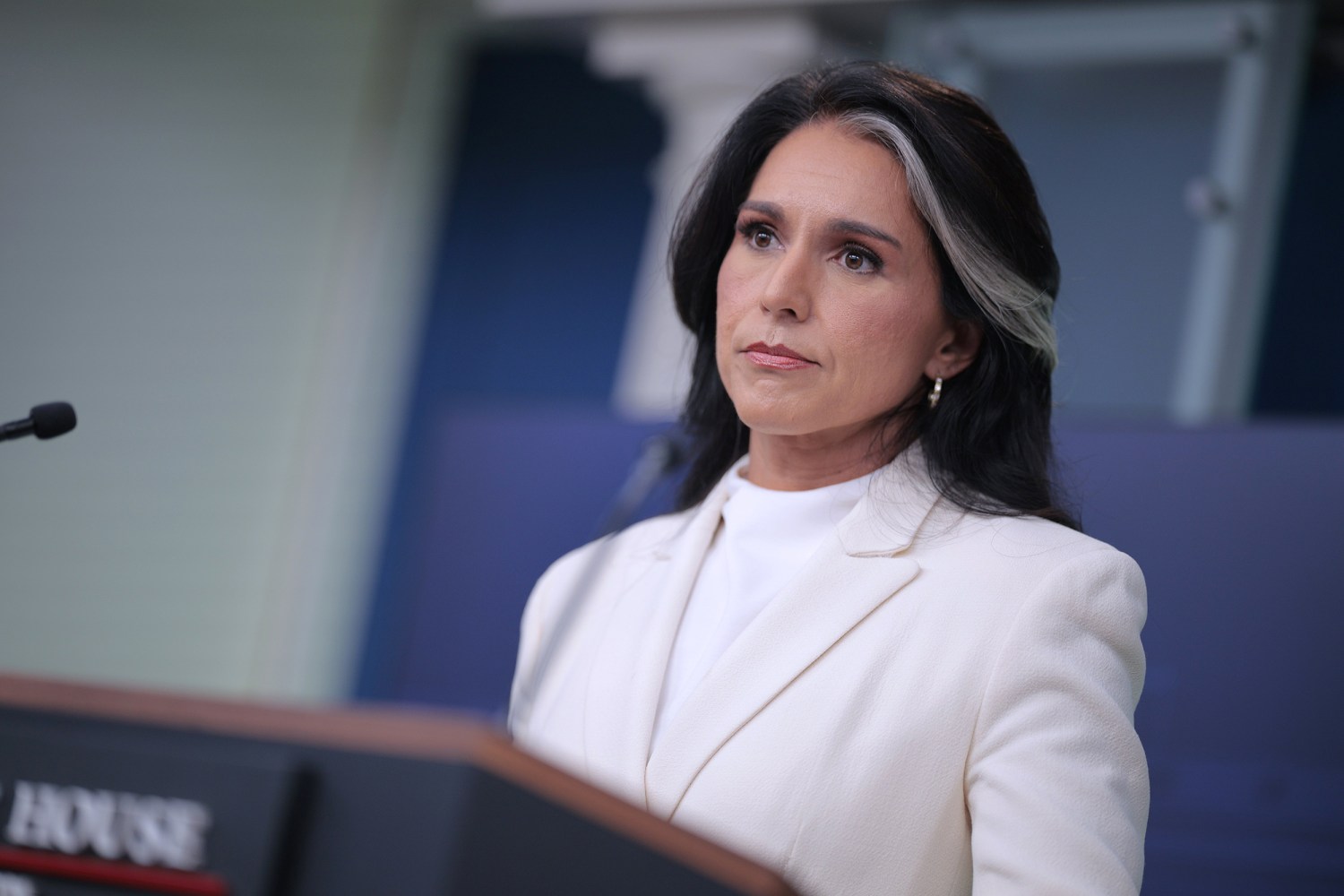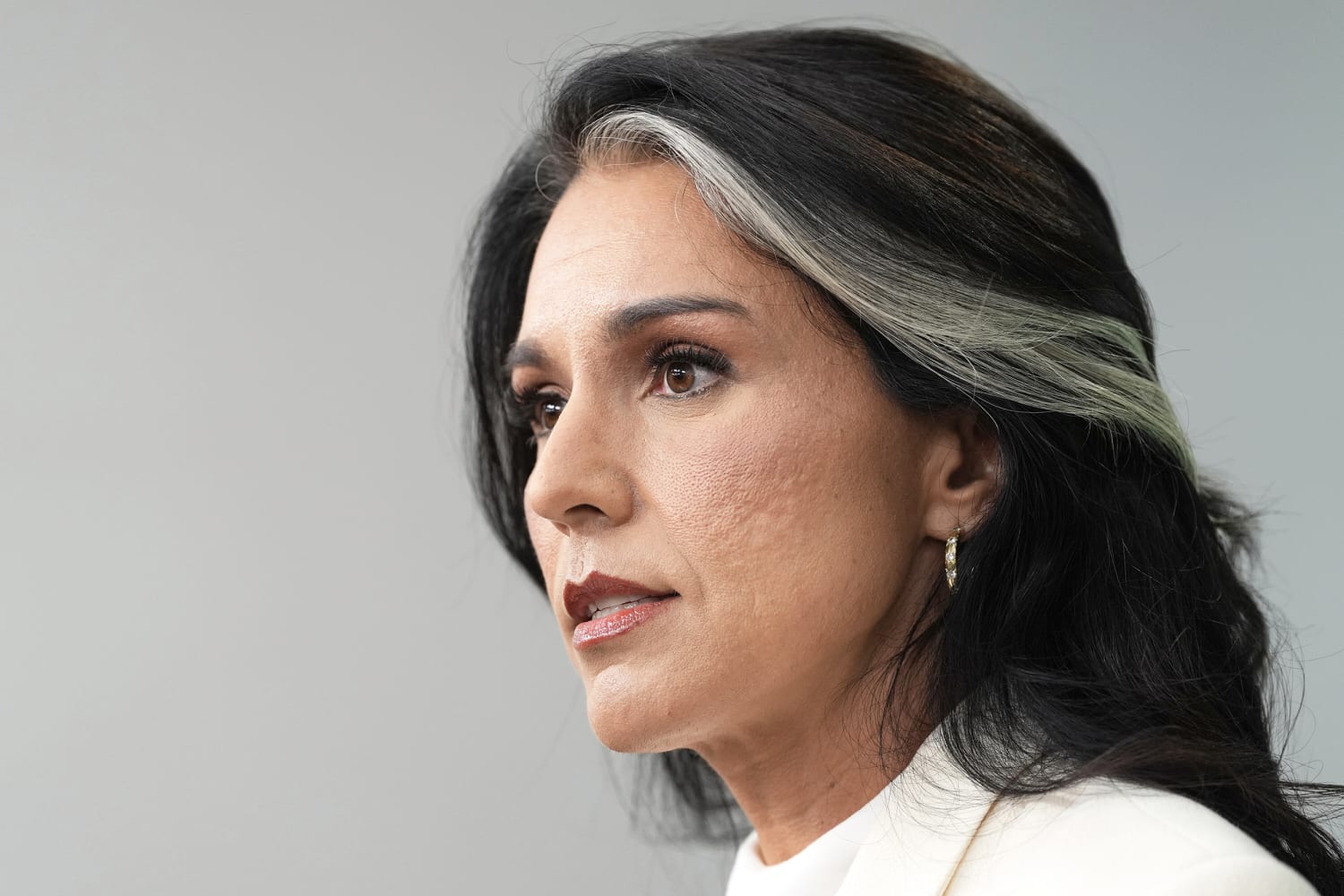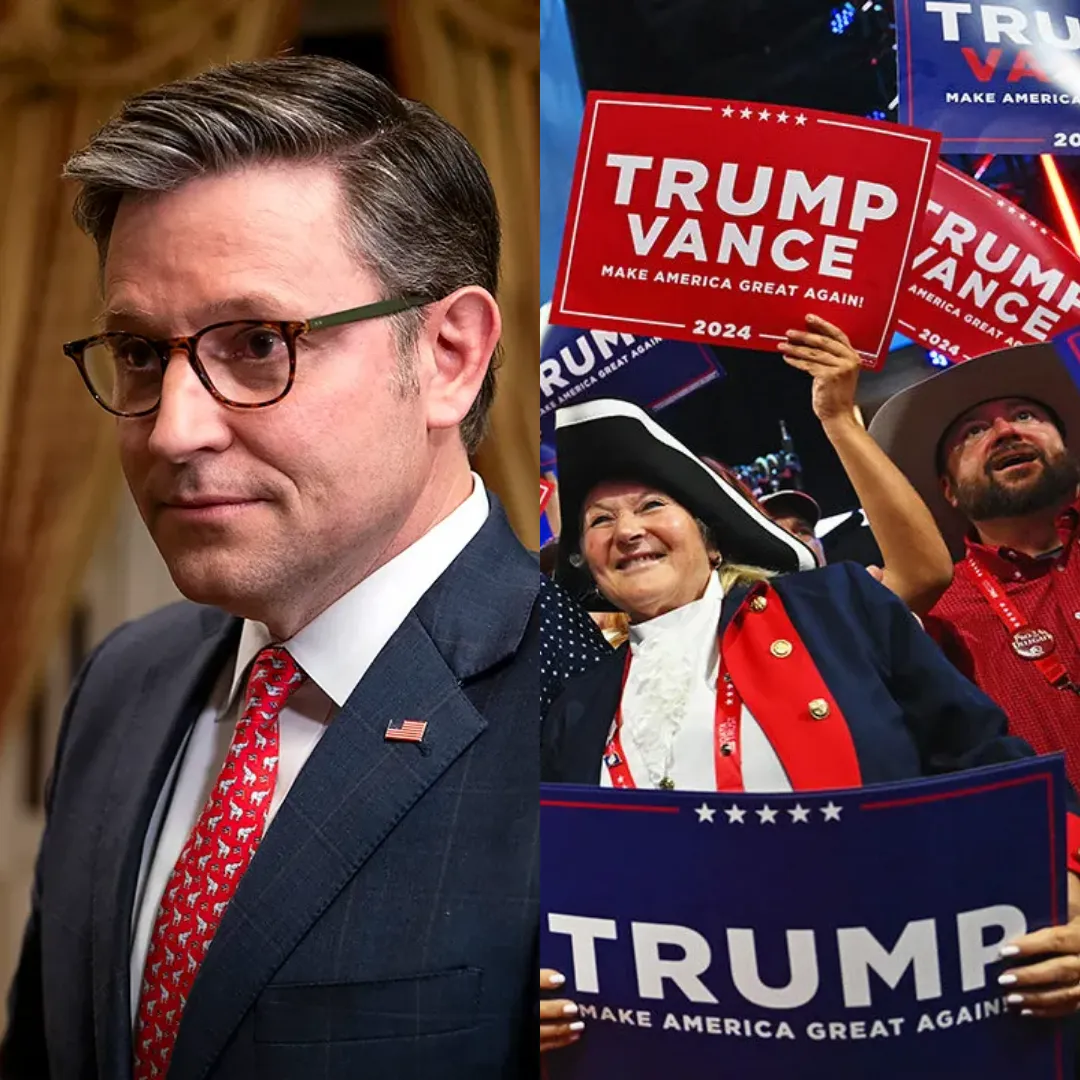
Director of National Intelligence Tulsi Gabbard has ignited a political firestorm by overriding objections from CIA officials and other members of the intelligence community to release a 46-page House Intelligence Committee report, which she said exposes fabricated claims behind the Trump-Russia collusion narrative.
The move, made under the authorization of President Donald Trump, has been described by insiders as one of the most consequential intelligence declassifications in years, revealing new allegations about the politicization of intelligence during the Obama administration.
According to sources cited by The Washington Post, Gabbard’s decision came after weeks of internal debate between senior intelligence officials. CIA case officers and representatives from other agencies reportedly urged Gabbard to enforce heavy redactions, arguing that sensitive information needed to remain hidden for reasons of national security.
But Gabbard, exercising her authority as the nation’s top intelligence official, pushed back. She rejected most of the proposed redactions, insisting that the public had the right to see what she called “the most egregious weaponization and politicization of intelligence in American history.”
President Trump, who personally backed the release, signed off on the final version, which contained only minimal redactions and no edits to the original findings.
A source familiar with the process explained: “The CIA put forward their proposed redactions and edits to the document, but Gabbard has greater declassification authority than all other intelligence elements and is not required to get their approval prior to release. Trump himself approved the version with minimal redactions and no edits.”
The report, compiled by the House Intelligence Committee’s majority staff, alleged that senior Obama-era officials, including then-CIA Director John Brennan, played a central role in fabricating and promoting the Trump-Russia collusion narrative.
In a public statement, Gabbard outlined what she described as five key findings:
-
Brennan and others “fabricated the Russia Hoax.”
-
Intelligence showing Vladimir Putin was preparing for a Hillary Clinton victory was suppressed.
-
Findings from questionable sources were manufactured and given undue weight.
-
Intelligence community standards were disobeyed.
-
American citizens were knowingly misled by senior officials.

Gabbard declared that the evidence points to a calculated effort to delegitimize Trump’s presidency before it even began. “In doing so, they conspired to subvert the will of the American people, working with their partners in the media to promote the lie, in order to undermine the legitimacy of President Trump, essentially enacting a years-long coup against him,” she wrote on X.
At the heart of the controversy is the January 2017 Intelligence Community Assessment (ICA), which concluded that Russia had interfered in the 2016 election to help Trump win. Gabbard and her allies now argue that the assessment was built on false premises and politically motivated conclusions.
“They manufactured the January 2017 Intelligence Community Assessment knowing it was false,” Gabbard said. “It promoted the lie that Putin and the Russian government helped Trump win the election, when they had intelligence to the contrary.”
Her claim strikes at the credibility of one of the most pivotal documents in modern U.S. political history. The ICA was repeatedly cited as justification for investigations, media coverage, and the broader Trump-Russia scandal that dominated headlines for years.
Gabbard’s declassification suggests that at least some of the officials behind it disregarded contradictory intelligence and pushed forward with predetermined conclusions.
President Trump’s fingerprints are all over the decision to release the report. According to multiple accounts, Trump authorized Gabbard last month to proceed with the declassification despite warnings from elements within the CIA and other agencies.
He was backed in the move by CIA Director John Ratcliffe and U.S. Attorney General Pam Bondi.
For Trump, who has long denounced the Russia collusion narrative as a hoax, the declassification represents vindication. By placing his full support behind Gabbard, he signaled both confidence in her leadership and determination to highlight what he sees as misconduct by his political opponents.
Trump’s involvement also ensured that the report would not be watered down by edits or excessive blackouts. By insisting on minimal redactions, he underscored his belief that transparency would work in his favor and further discredit those who promoted the Russia investigation.
For Gabbard, the release has as much symbolic weight as it does political consequence. As she framed it, the declassification was not merely about exposing old intelligence disputes but about safeguarding democratic integrity.
She compared the Obama administration’s actions to a betrayal of the public trust, insisting that weaponized intelligence amounted to nothing less than an attempted coup.
“This is about accountability,” she said. “It’s about preventing intelligence from ever again being manipulated to serve partisan goals at the expense of the American people.”
Her choice of language—coup, conspiracy, weaponization—was designed to resonate with Americans who already feel distrust toward the intelligence community and mainstream media. By directly tying the scandal to household struggles for truth and fairness, Gabbard positioned herself as both whistleblower and reformer.
Behind the scenes, many intelligence veterans expressed alarm. For decades, intelligence officials have argued that too much transparency can compromise sources, methods, and national security. The push for more redactions reflected this institutional instinct to protect classified material at all costs.
One former CIA officer reportedly told The Washington Post that releasing the report without heavier redactions risked exposing sensitive intelligence pathways. Others accused Gabbard of overstepping by ignoring agency recommendations.
Yet Gabbard’s defenders countered that the intelligence community has too often hidden behind the cloak of secrecy to cover mistakes and political maneuvering. By rejecting their edits, she challenged the very culture of secrecy that critics argue erodes public trust.
The release quickly set off a firestorm in Washington and across social media. Supporters of Trump celebrated the report as long-awaited proof that the Russia collusion narrative was manufactured from the start. Conservative commentators praised Gabbard for showing independence and courage in defying the so-called “deep state.”
Meanwhile, critics blasted the move as reckless and politically motivated. Democratic lawmakers accused Gabbard and Trump of endangering national security by rushing to release sensitive material without proper vetting. Some dismissed the report’s conclusions as partisan revisionism designed to distract from Trump’s own controversies.
The reactions mirrored the entrenched divisions in American politics. To Trump’s allies, the release is vindication; to his opponents, it is another attempt to rewrite history.
The declassified report now joins a growing body of material that continues to shape public understanding of the Trump-Russia controversy. From the Mueller investigation to congressional inquiries, the question of Russian interference and Trump’s connections has defined much of the past decade in American politics.
Gabbard’s declassification does not erase those earlier investigations but instead reframes them. By highlighting claims that intelligence was manipulated from the top, the report suggests that the foundation of the narrative was politically driven rather than fact-based.
For many Americans, weary of years of conflicting claims, the new report may deepen cynicism about the entire system. Far from restoring confidence, it risks reinforcing the belief that truth itself has become a casualty of partisan warfare.
For Tulsi Gabbard, the move also carries personal and political implications. Once a Democratic congresswoman known for her independent streak, she now occupies one of the most powerful positions in government as Director of National Intelligence. Her willingness to confront the CIA directly demonstrates both her authority and her determination to chart her own course.
Supporters see her as a reformer willing to challenge entrenched bureaucracies. Critics warn that she is politicizing intelligence in ways that could have lasting consequences. Either way, her decision has cemented her role as a central figure in the ongoing battle over the Trump-Russia narrative.
The release of the House Intelligence Committee report marks one of the boldest moves yet in the battle over transparency, accountability, and political truth in the United States.
By defying CIA officials and minimizing redactions, Tulsi Gabbard exposed what she calls fabricated intelligence and partisan manipulation at the highest levels of government.
Her decision, backed by President Trump, has fueled fierce debate about the role of intelligence agencies, the integrity of past investigations, and the continuing legacy of the Trump-Russia controversy. Supporters hail it as vindication and long-overdue transparency; critics see recklessness and partisanship.
Whatever one’s view, the report ensures that the debate over collusion, interference, and political weaponization of intelligence is far from over. In fact, it may only be beginning again—with Tulsi Gabbard at the center of the storm.



-1750318268-q80.webp)

-1750126767-q80.webp)
